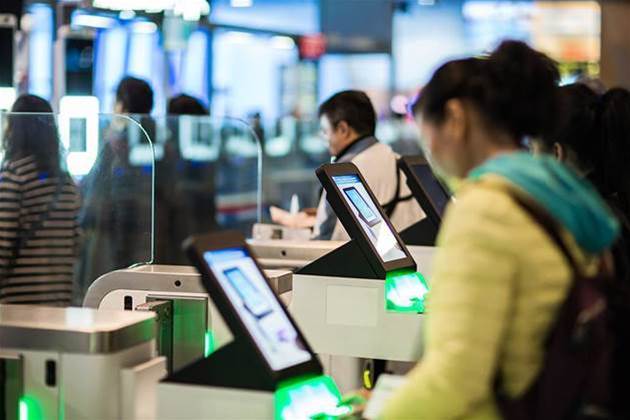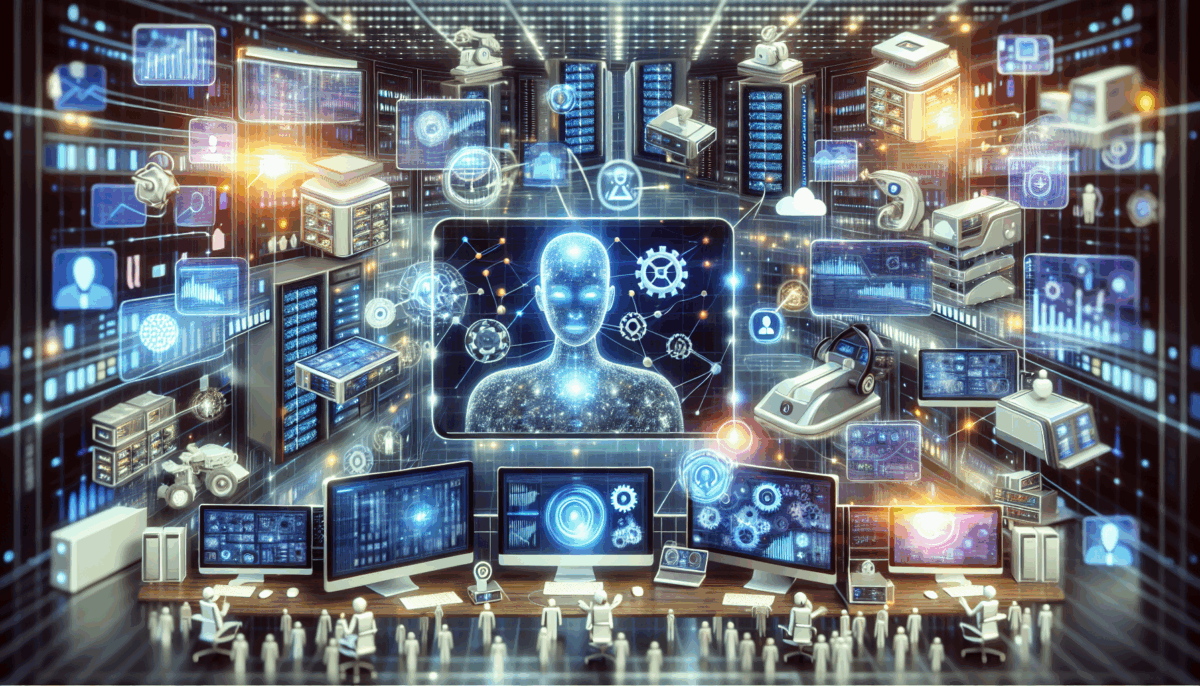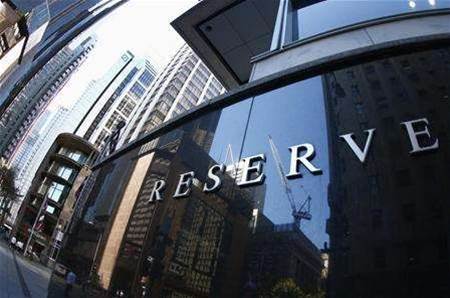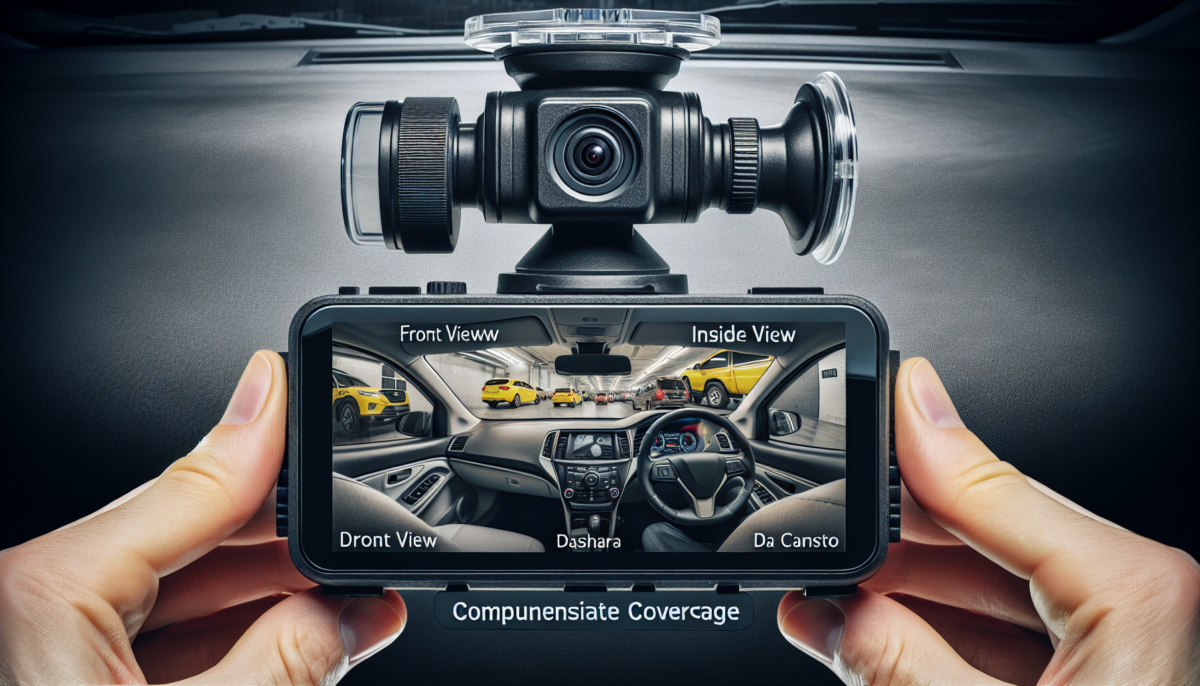Home Affairs Signs $25 Million Biometrics Renewal Agreement with Unisys
We independently review everything we recommend. When you buy through our links, we may earn a commission which is paid directly to our Australia-based writers, editors, and support staff. Thank you for your support!
Renewal of Home Affairs and Unisys Biometrics Agreement

Brief Overview
- Home Affairs has renewed its biometrics contract with Unisys for $25 million over three years.
- EBIS platform aids in identity authentication through biometrics such as facial recognition and fingerprints.
- Initial contract with Unisys commenced in 2018, originally worth $44 million.
- The new agreement prolongs the operation and assistance of EBIS until 2028.
- Responsibilities related to policy and strategy have been shifted to the Attorney-General’s Department.
Overview of the Agreement
The Australian Department of Home Affairs has reinstated its collaboration with Unisys, extending the utilization of its biometrics platform via a new $25 million three-year agreement. This renewed deal guarantees that Unisys’ Enterprise Biometric Identification Services (EBIS) system remains functional, enabling secure identity confirmation for migrants and travelers.
Background on the EBIS System
Initially launched in 2018, the EBIS system was created by Unisys with an initial contract worth $44 million. The system uses Unisys’ Stealth identity platform, allowing effective matching of biometric information such as facial images and fingerprints against watch lists. EBIS became active in 2020, succeeding a prior Unisys system that was in operation for 12 years. Over time, the original deal grew to a total of $77 million before concluding in June 2025.
Contract Specifications and Future Plans
The latest agreement, although valued at $25 million, extends the operational support of the EBIS system until 2028. However, the contract includes a maximum service end date of 2024 for certain services. This renewed contract includes essential software maintenance and support services, ensuring the consistent reliability of the EBIS platform in safeguarding identity verification operations.
Shifts in Departmental Roles
In spite of the renewal, Home Affairs has shifted some of its identity and biometrics responsibilities to the Attorney-General’s Department (AGD). This shift involved transferring biometrics assets valued at $23 million as of August 31, 2023. This strategic move reflects wider policy and administrative transformations within government departments.
Conclusion
The Australian Department of Home Affairs continues to be dedicated to securing its borders and verifying identities through cutting-edge biometrics technology. By renewing its agreement with Unisys, the department guarantees continuity and dependability in its biometric systems, despite departmental changes and evolving responsibilities.














